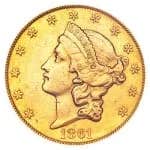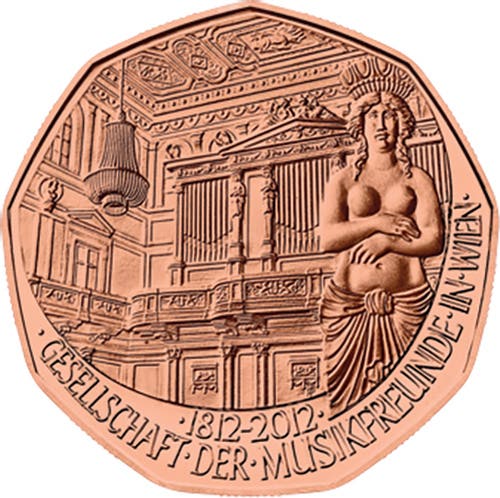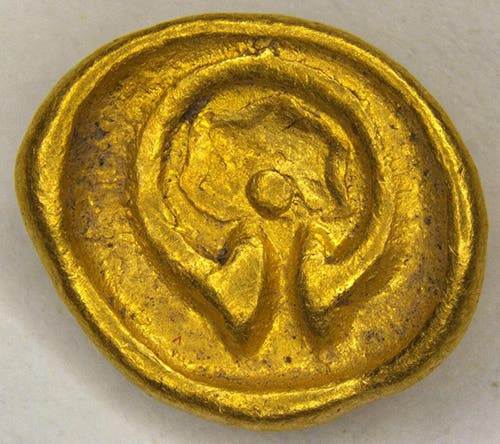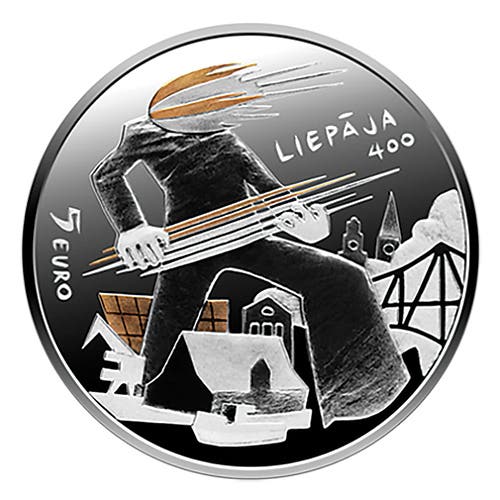A Golden Treat at Stanley Gibbons Baldwin’s
From Roman aurei to Genoa’s 1649 5 doppie, Stanley Gibbons Baldwin’s Halloween sale offered world-class rarities that turned All Hallows’ Eve into a collector’s delight.
Halloween was a time of no tricks, just treats for attendees of the October 31 Ancient, British, & World Coins—Auction 125 at Stanley Gibbons Baldwin’s. The goodies for sale were a selection of ancient coins from kingdoms past, spanning the Greek and Roman empires, the Islamic world, the Celtic tribes, and more. Not forgotten were more modern examples, including pieces like multiple Brazilian réis from the reign of João VI, Saladin commemorative pounds, and a mint state, About Extremely Fine 1798 Paul I rouble (MS 63) that sold for £6,960. The “quirky intrigue” —as described by the auction house—of an Extremely Fine, Rare gold gadyana with elephant-shaped punches made during the reign of Marasimha II Satyavakya (963–975) attracted a winning bid for £1,800, while a moodier 1847 proof “Undecimo” Victoria gothic crown, graded and encapsulated by NGC as PF65, sold for £45,600.
However, the coin that many bidders considered to be the best treat was an Exquisite and Extremely Rare 1649 gold 5 doppie from the Republic of Genoa, which was bought over its £35,000 and £40,000 estimate at £50,400. Rarely seen on the auction market, this is the only example of this date and denomination graded by NGC (AU 58). Only ten quintuple doppies of different dates are recorded in the NGC census.
On the coin’s obverse reads in Latin script “ET Rege EOS” (Thou shalt rule them). The rulers in question are the Madonna holding a scepter and Christ as a child, both placed on a seat of clouds. A crown of stars encircles the Virgin Mary’s head, which signifies her as the Queen of Heaven. Both the Virgin Mary’s clothing and the pillow of clouds she rules from are engraved as light, billowy lines, and there is a sense of movement in both the stately posture of the Madonna and the arm gesture of the child Christ.
Not only does this image—credited to Jacopo de Franchi—reflect the Republic’s symbolic connection with the Virgin Mary, but it also evokes the Genoese School artistic movement occurring at the time that, which heavily incorporated images of the Madonna and child in paintings, drawings, and frescoes.
Symbolism continues in the reverse, where the design shows a flat-end St. George’s Cross and four 6-pointed stars placed in the angles. The Latin lettering “DVX ET GVB REIP GENV” and decorative dot work encircle the image.
This gold coin is part of a series of 5 doppie that were struck in Genoa from 1639 to 1697. According to the auction house, these issues were minted at a time when Genoa was the banking and financial center of Spanish sovereigns, and gold was being brought to the Republic in large quantities.
For information about the Ancient, British, & World Coins—Auction 125, visit sgbaldwins.com.
You may also like:









